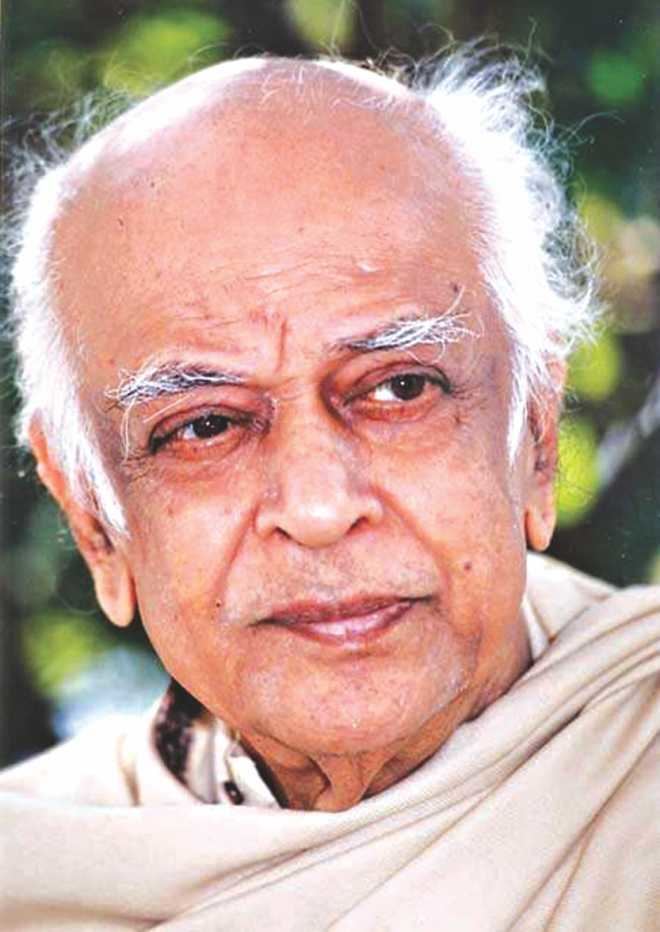Nationality Bangladeshi Structures Jatiyo Sangsad Bhaban Role Architect | Name Muzharul Islam Occupation Architecteducator | |
 | ||
Alma mater University of OregonYale UniversityAA School of Architecture Parent(s) Professor Omdatul IslamMrs.Zakia Khatoon Awards Grand Master Award, South Asian Architecture Award CeremonyIndependence Day Award Buildings Faculty of Fine ArtsJahangirnagar University Master Plan and designsChittagong University master plan and designsBangladesh National Archive Education | ||
Muzharul islam 1 of 4 mpg
Muzharul Islam (Bengali: মাজহারুল ইসলাম; 25 December 1923 – 15 July 2012) was a Bangladeshi architect, urban planner, educator and activist. He is considered as the Grand Master of regional modernism in South Asia. Islam is the pioneer of modern architecture in Bangladesh and the father of Bengali modernism. Islam's style and influence dominated the architectural scene in the country during the 1960s and 70s, along with major US architects he brought to work in Dhaka.
Contents
- Muzharul islam 1 of 4 mpg
- Muzharul islam architect the book launch 2012
- Early life
- Career
- Awards
- Death
- Publications
- Quotes
- References
As a teacher, architect, social and political activist, Islam set the course of architectural practice in the country not only through his own many varied works but also through being instrumental in inviting architects like Louis Kahn, Richard Neutra, Stanley Tigerman, Paul Rudolph, Robert Boughey and Konstantinos Doxiadis to work in Bangladesh.
Muzharul islam architect the book launch 2012
Early life
Muzharul Islam was born on 25 December 1923 in Murshidabad. He went to the United States in 1950 where he received his bachelor's degree in Architecture from University of Oregon. In 1956, he received a scholarship to study tropical architecture at the AA School of Architecture, London. In 1961, he completed his post-graduation under Paul Rudolph from Yale University. At Yale Stanley Tigerman was one of his classmates, and there he came in touch of Louis I Kahn. Muzharul Islam began his career by designing two buildings in the Shahbag area in 1955 – Dhaka University Library and College of Arts and Crafts. Between 1958 and 1964, Islam was the Senior Architect of the Government of East Pakistan.
Career
His most important work was born when the Governor's Conference of Pakistan decided in 1959, under the leadership of President Ayub Khan, that Dhaka will be second capital of Pakistan. The government decided to build a capital complex at Sher-e-Bangla Nagar, Dhaka. Muzharul Islam was given to design Jatiyo Sangsad Bhaban (National Assembly Building of Bangladesh). But, he brought his teacher Louis Kahn into the project to do a significant work for future generation. Islam worked closely with him from 1965 to Kahn's death in 1973.
Along with Kahn, he also brought Paul Rudolph and Stanley Tigerman to work in Bangladesh, and three of them came to be known as the American Trio. Apart from the Trio, it was Islam's monumental style that dominated Bangladesh architecture from the 1950s onwards.
His major works include – Jahangirnagar University, Chittagong University, Central Public Library, Charukala Institute, the Azimpur Estate, Rangmati township, and a number of Polytechnic Institutes. Islam designed the master plan of Dhaka City. He also created the logo for the government of Bangladesh.
Awards
A documentary film on Mazharul Islam named Tini(The Architect) was released by Institute of Architects Bangladesh in 2000, which was directed by Enamul Karim Nirjhar.
Death
Muzharul Islam died on 15 July 2012 at 12.06 am in Dhaka, Bangladesh. He was aged 88.
Publications
Some publication featured Muzharul Islam:
